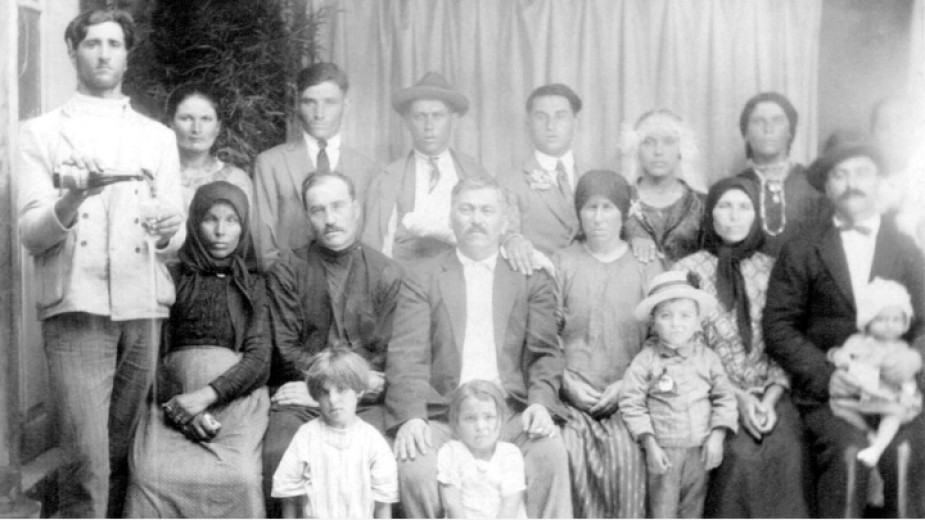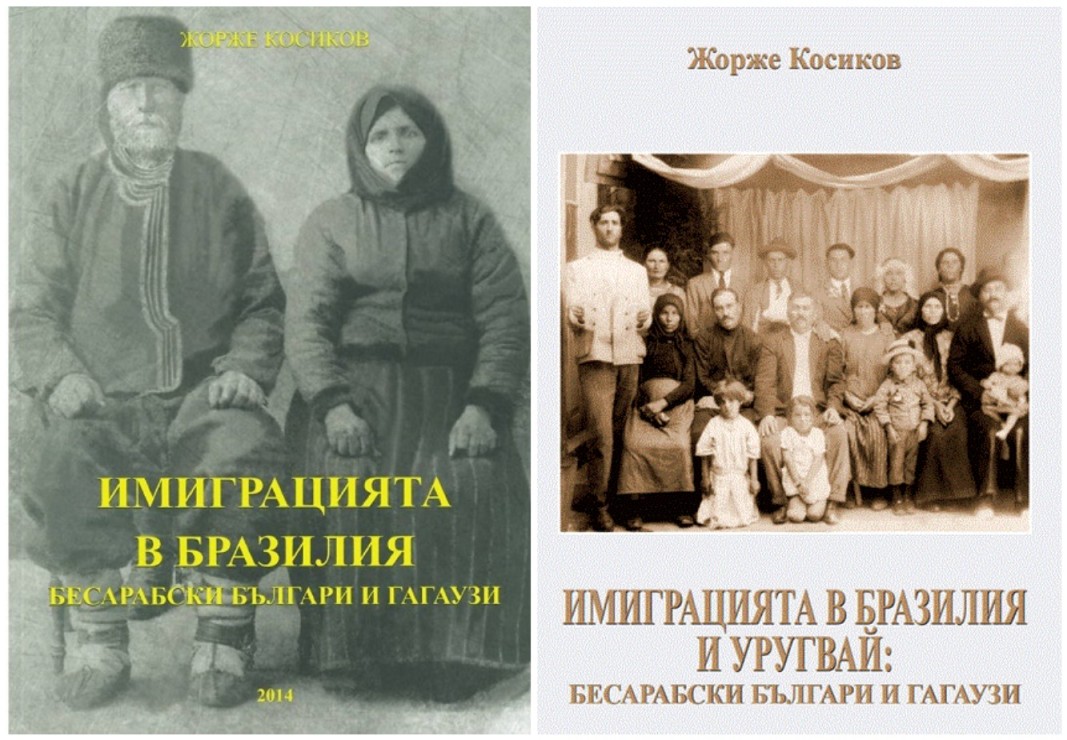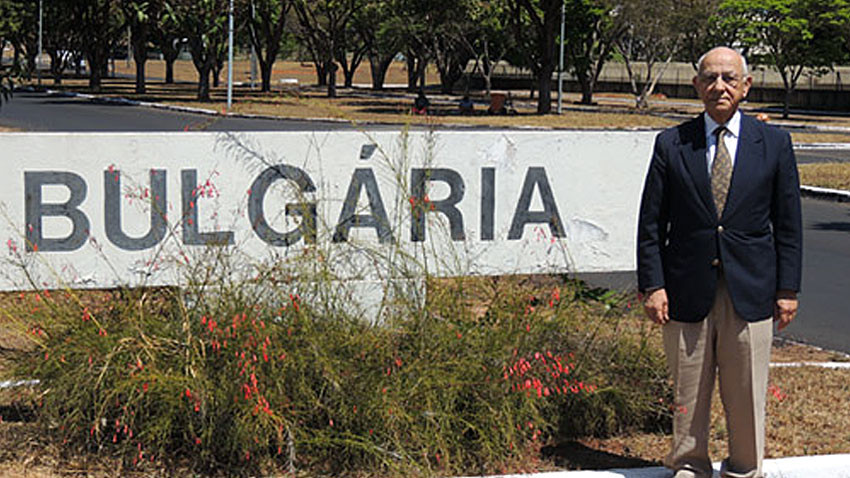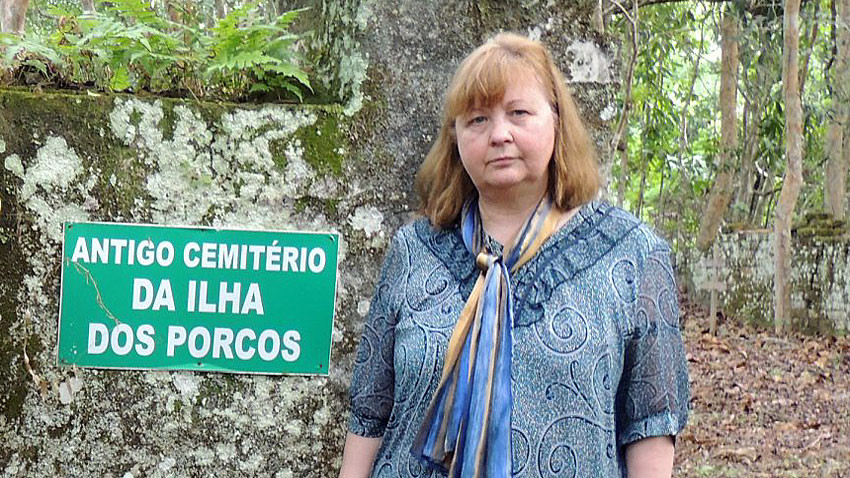 4
4
Most of Bulgarian immigrants to Brazil in the first half of the twentieth century were actually Bessarabian Bulgarians. This is a fact that greatly impressed Maya Daskalova when she translated the book "Immigration in Brazil and Uruguay: Bessarabian Bulgarians and Gagauz" from Portuguese into Bulgarian. The book is part of a trilogy by Jorge Cocicov, dedicated to the history of Bessarabian Bulgarians in Brazil.

The author is a child of Bessarabian Bulgarians who were immigrants to Brazil, so this topic has a special place in his heart. In search of information he became a collector of personal stories, which he later presented in his books. In this way he gives us an invaluable gift by revealing the complete picture of Bessarabian immigration to the South American country. "I have two dreams. One is to publish my books in Bulgaria and the other is to receive Bulgarian citizenship in order to give my children and grandchildren the knowledge that they are Bulgarians,” the writer has told Maya Daskalova.

The great wave of Bessarabian Bulgarians immigrating to Brazil (about 10,000 people) took place in the period 1925-1926, Maya Daskalova says and adds:
"In fact, they first emigrated from Bulgaria and moved to Bessarabia during the Ottoman yoke, mostly as a result of the wars between the Russian Empire and the Ottoman Empire, such as that of 1806-1812 when the treaties included a clause, according to which the Ottoman Empire could send some quotas from the local population to the Russian Empire. At that time Bessarabia was a sparsely populated area, with uncultivated land and the Russian emperor opened the doors and invited whoever wanted to come. Not only Bulgarians, but Poles, Hungarians, Germans, and Jews moved to Bessarabia where they received a piece of land to cultivate.”
But after the First World War, Bessarabia was annexed by Romania, which brought a completely different policy, unfavorable to minorities. It was at this time that slavery came to an end in distant Brazil. The vast plantations previously cultivated by the slaves were left without labor force. The Brazilian government decided to send emissaries to Europe to attract immigrants to fill the gaps in its economy, Maya Daskalova says. In their search the emissaries reached Romania, which allowed them to conduct their campaign there, but under a condition. The campaign should cover only national minorities and visas should be issued only to whole families. Worried by the difficult economic conditions and the fear of a new war and lured by promises that they would receive free land and houses in Brazil, schooling for their children, etc., many Bessarabian Bulgarian families crossed the ocean to find their new home, believing in their lucky star.
"When they arrived by ship at the ports of Rio de Janeiro and Santos, they were taken to the Immigration Boarding House in São Paulo. Landowners arrived there and choose people on almost the same principle as they chose slaves before. The new settlers became white slaves and were sent to the plantations. Interestingly, when a group of 2,000 Bessarabian Bulgarians arrived there, they were warned by their compatriots, who arrived earlier, not to go to the plantations because they would be deceived. The newly arrived Bessarabian Bulgarians revolted and said they would not go to the plantations. Authorities then put everyone on a train and sent them to the Anchieta Island, where they were kept isolated for two months as a punishment. They were left in bad conditions and they were nearly starving."

For two months on the island, 151 people died as 144 of them were children. Death was often caused by starvation, food poisoning and diseases. "When I was working on Jorge Cocicov’s first book and translating this list of children, it was the hardest moment for me because I was literally writing their names, their dates of birth and where they came from with tears in my eyes. I was only comforted by the fact that after so many years we mention their names and through the books of Jorge Cocicov they will not be forgotten," the translator says.
Expect the next part of the story of Bessarabian Bulgarians in Brazil soon.
English version Al. Markov
Photos: nossalucelia.com.br, @bulgaribrasil, archive
"We cannot escape from modern technologies, but we must think about how we can use artificial intelligence to improve the quality of education without losing human contact," said Mimi Nicheva, head of the Bulgarian Sunday School "Sts...
Nearly two centuries ago, in the distant 1838, the Bessarabian Archbishop Dmitry Kishinev and Khotinsky consecrated the magnificent Orthodox church "The Holy Transfiguration of the Lord" , built with voluntary donations and labor by the Bulgarian..
Bringing youthful energy, colour and cheer to the Bulgarian National Radio studio, students from the Bulgarian Sunday School Dr Petar Beron arrived from Larnaca. The group from Cyprus — 16 pupils aged between 14 and 19 — is currently on a week-long..
Minister of the Environment and Water Manol Genov has granted two centuries-old trees – each of which approximately 200 years old – protected status,..
Bulgarian compatriot Nina Vasileva-Zaneshev is one of the examples among the diaspora abroad, who give us confidence that wherever they..
“The end is near – let’s go out with style!” This is the motto of the 2026 Gabrovo Carnival, marking the start of the so-called fifth season of the..

+359 2 9336 661
